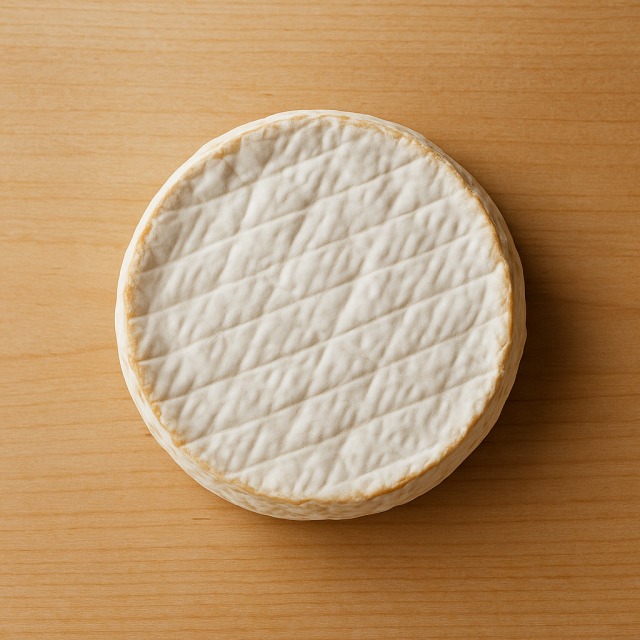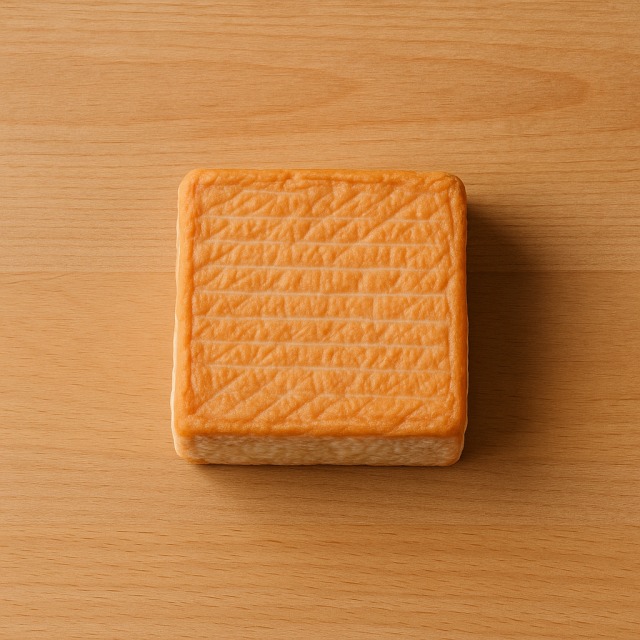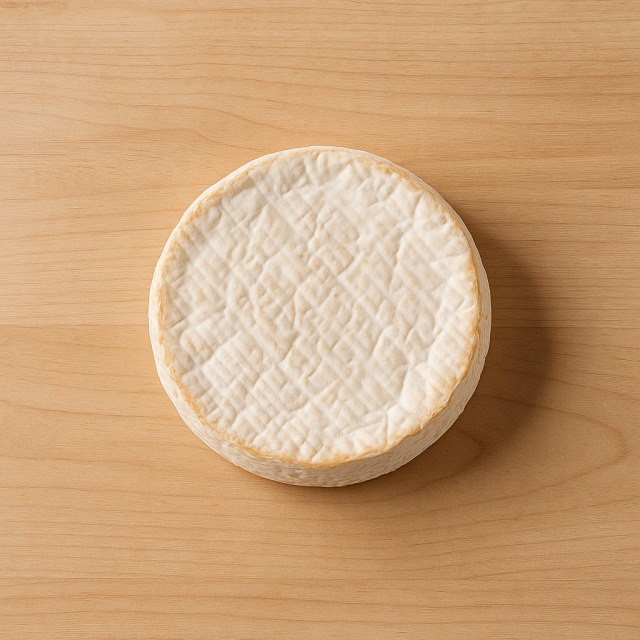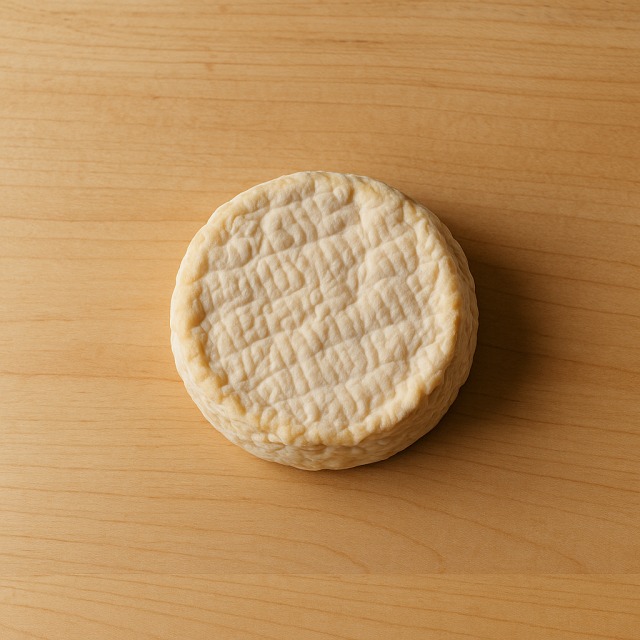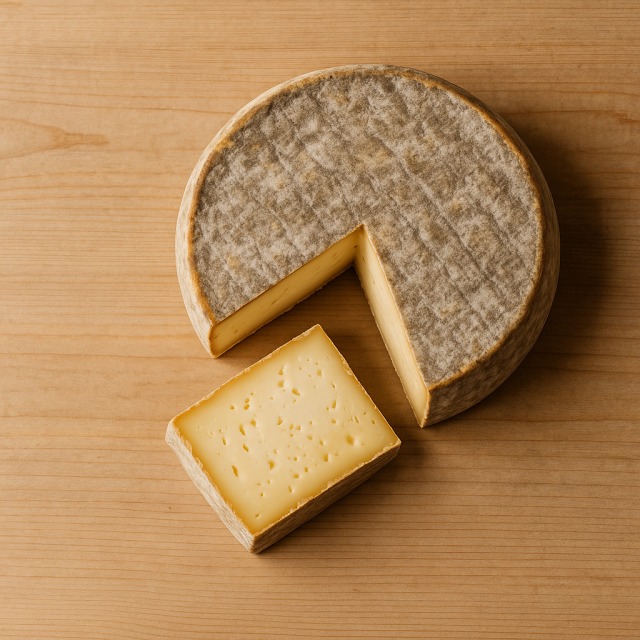Calorie Chart / Cheeses / Ricotta
How Many Calories Are in Ricotta?
Calculation of the nutritional value & Recommended Dietary Intake of ricotta
For g and a calorie requirement of kcal
| Calories 39 kcal | Proteins 3.2 g | Lipids 2.4 g | Carbohydrates 1.2 g |
| 2% | 4% | 4% | 0% |
Health benefits of ricotta
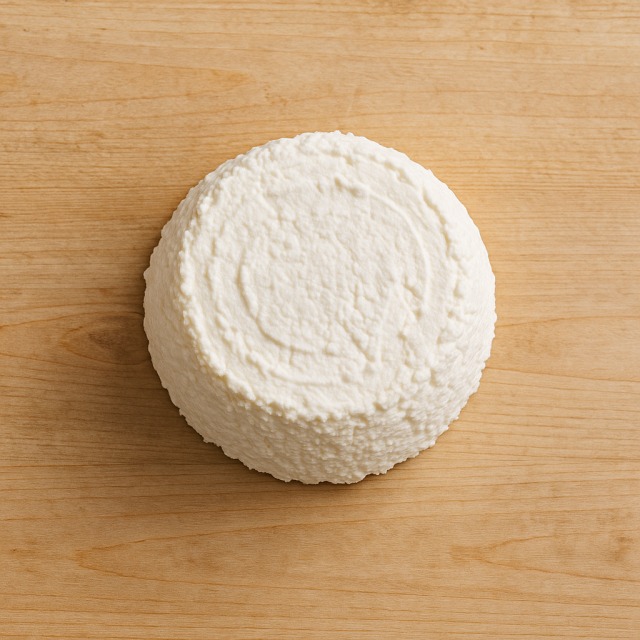
Ricotta - 100g
Calories 98 kcal
Proteins 8 g
Lipids 6 g
Carbohydrates 3 g
Ricotta is a fresh whey cheese whose calorie load is considered moderate: people counting calories appreciate that they can enjoy a creamy texture without blowing up their daily calories, and athletes like to add it when they still have a few calories left to reach their target macros. In short, it is neither a low-calorie nor a high-calorie bomb, but it sits comfortably in the middle of the calorie scale.
Nutritionally, ricotta supplies highly bioavailable whey proteins rich in leucine, useful for muscle synthesis. It is a valuable source of calcium and phosphorus for bone health, vitamin A for vision, and vitamins B2 and B12 for energy metabolism. Trace amounts of selenium and zinc also contribute to antioxidant protection and immunity.
Because it is made from the whey left after producing other cheeses such as Parmigiano or mozzarella, ricotta was historically the thrifty Italian farmer's way of turning leftovers into nourishment. The result is a light, slightly sweet curd that fits modern concerns about calories while offering a mild flavour profile that pairs well with both savoury and sweet dishes.
Tips for incorporating ricotta into a balanced diet
If you want to manage calories at lunch, spread a couple of spoonfuls of ricotta on whole-grain toast and top with grilled tomato slices and fresh basil: the dish is filling, colourful, and keeps calories under control. For dinner, classic spinach-and-ricotta cannelloni made with pasta sheets is comforting; just replace half the mozzarella topping with ricotta to shave off calories while retaining creaminess. Athletes aiming to increase proteins without excessive calories can blend ricotta into a post-workout smoothie with banana and cinnamon.
Ricotta also shines in desserts. Whip it with a touch of honey and vanilla, then serve it over a bowl of fresh raspberries. You gain sweetness, proteins, and calcium for a fraction of the calories you would get from whipped cream. Finally, for a savoury starter low in calories, stuff raw zucchini rolls with herbed ricotta and drizzle with lemon juice.
Frequently Asked Questions
- How many calories are in ricotta?
- 98 kcal per 100 g.
- Is ricotta lower in calories than mozzarella?
- Yes. On average, mozzarella provides around 260 kcal per 100 g, whereas ricotta sits under 100 kcal, making ricotta the lower-calorie choice.
- Does baking or cooking ricotta change its calories?
- Cooking evaporates some water but does not create or destroy energy. The total calories in the dish remain the same, though the weight becomes lighter, so calories per 100 g rise slightly after baking.
- What is a sensible portion of ricotta if I want to limit calories?
- About 60 g (roughly two heaped tablespoons) adds fewer than 60 kcal, enough to enrich a meal without pushing calories too high.
- Can I replace mascarpone with ricotta to reduce calories in tiramisu?
- Absolutely. Substituting half or all the mascarpone with ricotta can cut the dessert's calories by more than 30% while supplying extra proteins.
Similar foods
Information provided by Calorie Menu may contain inaccuracies or errors. It cannot, under any circumstances, substitute medical advice or medication.
